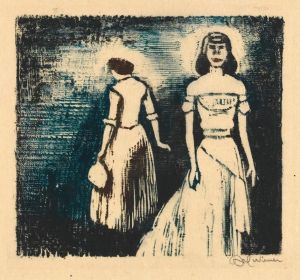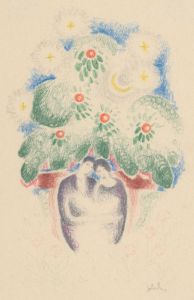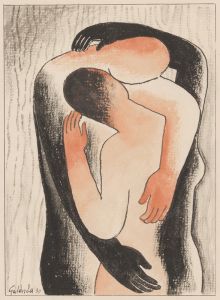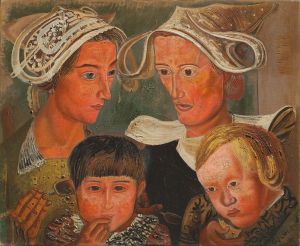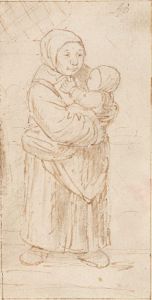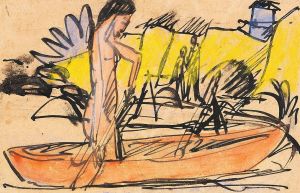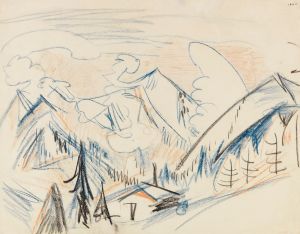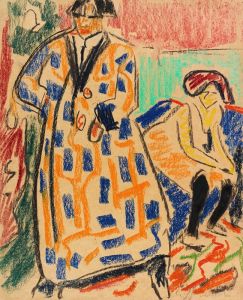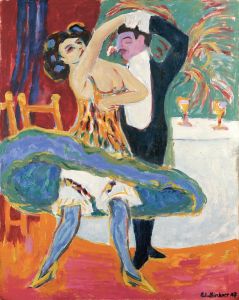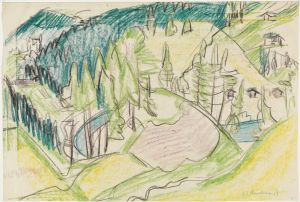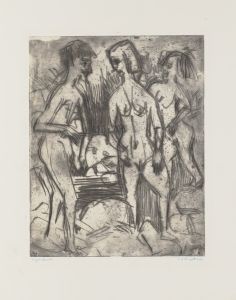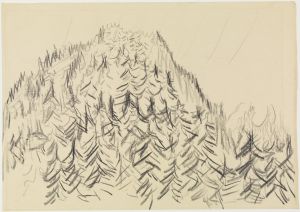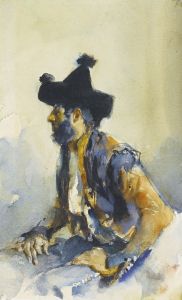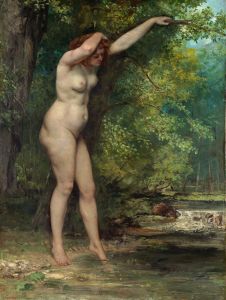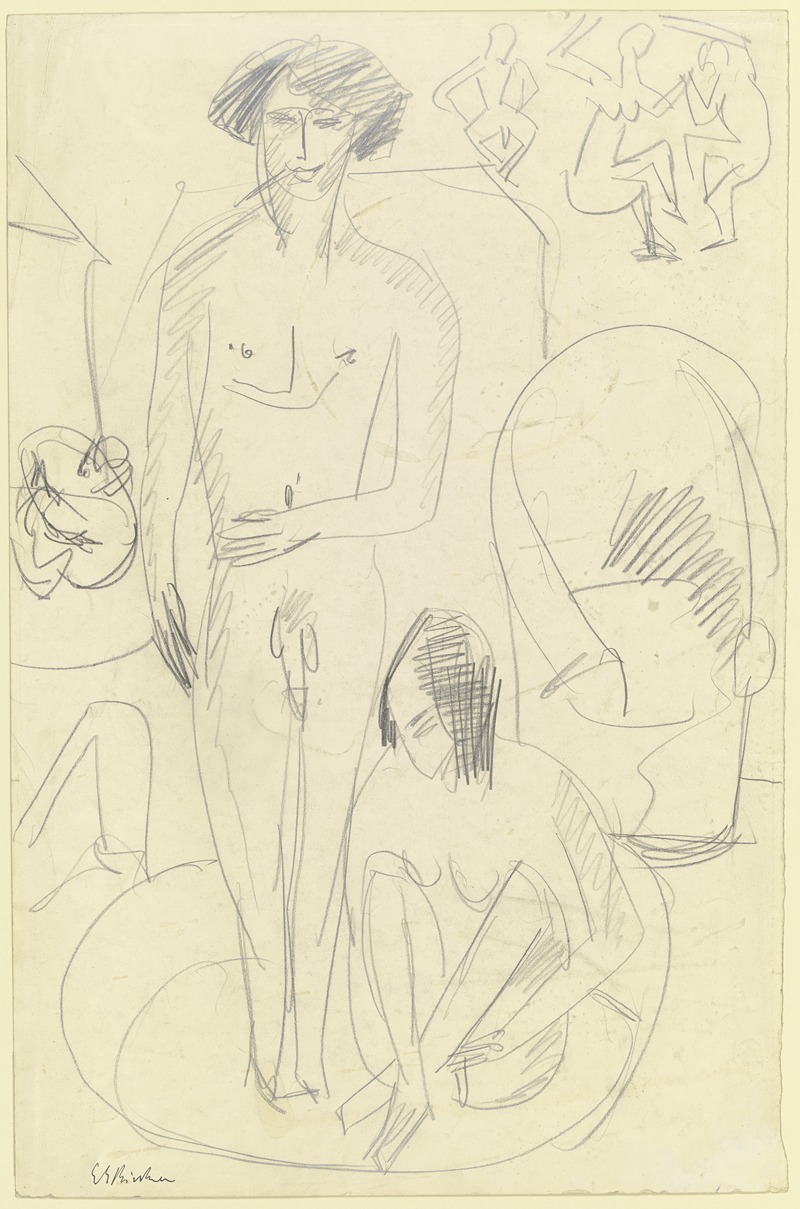
Bathing couple in the tub
A hand-painted replica of Ernst Ludwig Kirchner’s masterpiece Bathing couple in the tub, meticulously crafted by professional artists to capture the true essence of the original. Each piece is created with museum-quality canvas and rare mineral pigments, carefully painted by experienced artists with delicate brushstrokes and rich, layered colors to perfectly recreate the texture of the original artwork. Unlike machine-printed reproductions, this hand-painted version brings the painting to life, infused with the artist’s emotions and skill in every stroke. Whether for personal collection or home decoration, it instantly elevates the artistic atmosphere of any space.
"Bathing Couple in the Tub" is a painting by the German expressionist artist Ernst Ludwig Kirchner. Kirchner, born on May 6, 1880, in Aschaffenburg, Germany, was a founding member of the influential artist group Die Brücke (The Bridge), which played a crucial role in the development of Expressionism in the early 20th century. The group sought to create a new form of artistic expression that bridged the past and the future, emphasizing raw emotion and vibrant color.
Kirchner's work often explored themes of modern urban life, nudes, and the human form in various states of activity and repose. "Bathing Couple in the Tub" is a notable example of his exploration of the human figure and intimate domestic scenes. Painted in 1914, this work captures a moment of private interaction between a man and a woman in a bathtub, rendered in Kirchner's distinctive style characterized by bold lines, exaggerated forms, and a vivid color palette.
The painting reflects Kirchner's interest in the human body and its expressive potential. The figures are depicted with elongated limbs and angular forms, a stylistic choice that emphasizes their physicality and emotional presence. The use of color is particularly striking, with the artist employing a range of vibrant hues to create a sense of depth and movement within the composition. The background is relatively simple, focusing the viewer's attention on the interaction between the two figures.
Kirchner's work was heavily influenced by non-Western art, particularly African and Oceanic art, which he encountered through ethnographic museums and collections in Germany. This influence is evident in the stylized forms and patterns present in "Bathing Couple in the Tub." The painting also reflects the broader trends of the Expressionist movement, which sought to convey emotional experience rather than physical reality.
During his career, Kirchner faced significant challenges, including the trauma of World War I and the subsequent political turmoil in Germany. His work was labeled "degenerate" by the Nazi regime, and many of his pieces were confiscated or destroyed. Despite these hardships, Kirchner continued to produce art until his death in 1938.
"Bathing Couple in the Tub" remains an important work within Kirchner's oeuvre, exemplifying his innovative approach to form, color, and composition. It is a testament to his ability to capture the complexity of human relationships and the beauty of everyday moments. The painting is held in various private and public collections, continuing to be studied and appreciated for its contribution to the Expressionist movement and its reflection of early 20th-century artistic trends.





